The United Arab Emirates (UAE) is a land of rich history and cultural heritage. Each of its seven emirates has unique stories behind their names. Knowing these origins helps us appreciate the UAE more and connects us to the region’s vibrant past. This article explores the interesting etymology of Abu Dhabi, Dubai, Sharjah, Ajman, Umm Al Quwain, Fujairah, and Ras Al Khaimah.
1. Abu Dhabi: The Father of the Gazelle
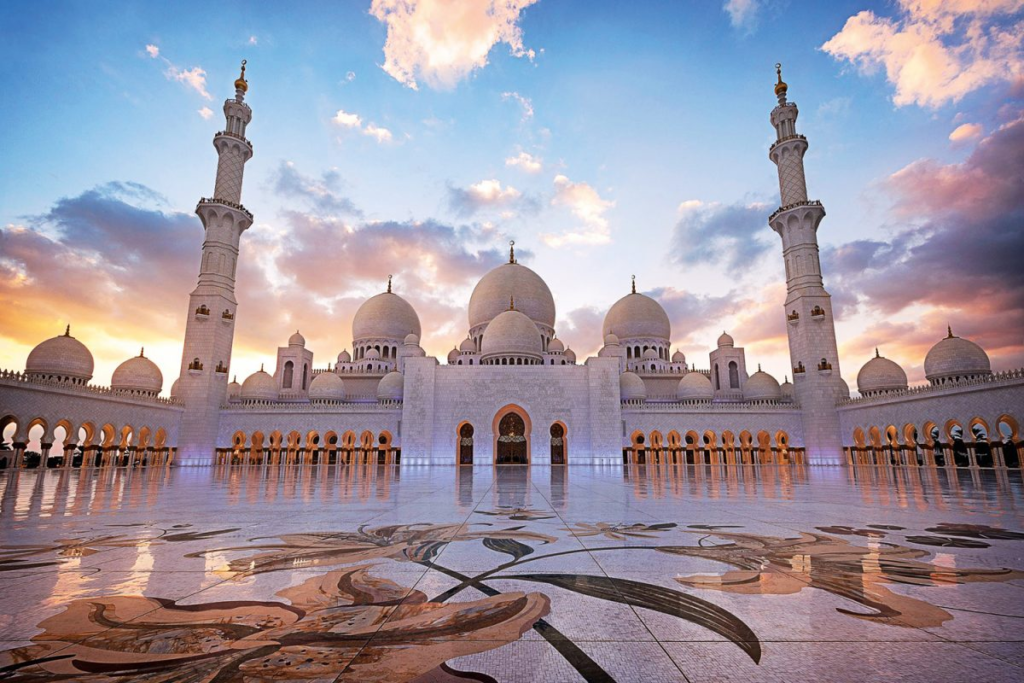
The capital of the UAE, Abu Dhabi gets its name from the Arabic term “Father of the Gazelle.” This name comes from the many gazelles that used to roam the area. Abu Dhabi’s name shows the emirate’s strong ties to its natural environment and wildlife.
2. Dubai: The Creeping Creek
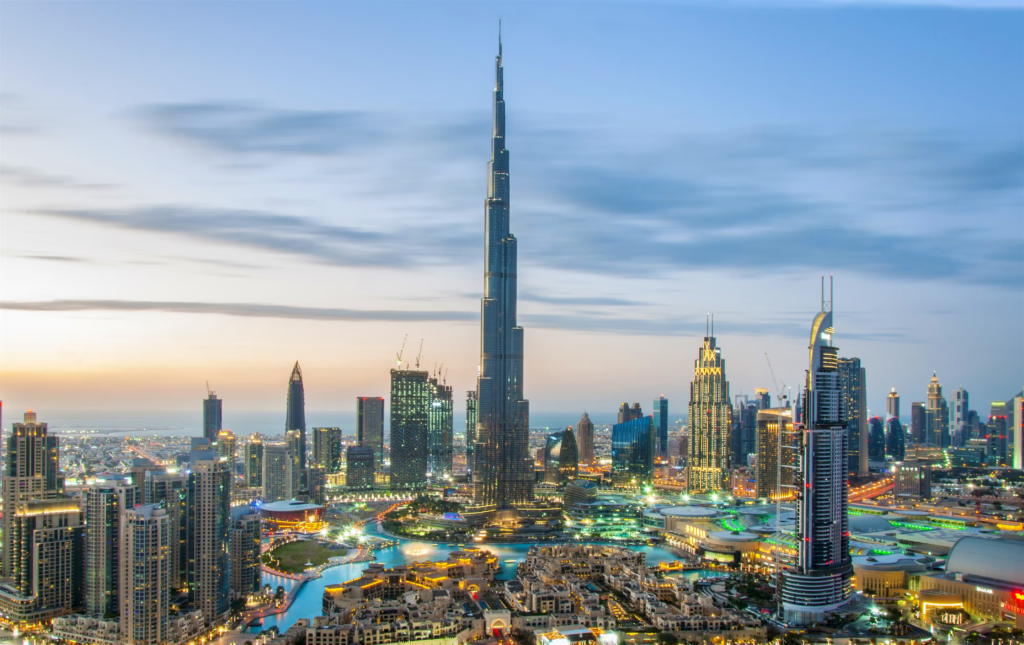
The origin of Dubai’s name is debated among historians. One popular idea is that it comes from the Arabic word “Daba,” meaning “to creep.” Specifically, this could describe the slow flow of Dubai Creek, which has been essential for the city’s trade for centuries. Dubai’s name highlights its historical role as a trading hub and its strategic location along the creek.
3. Sharjah: The Rising Sun
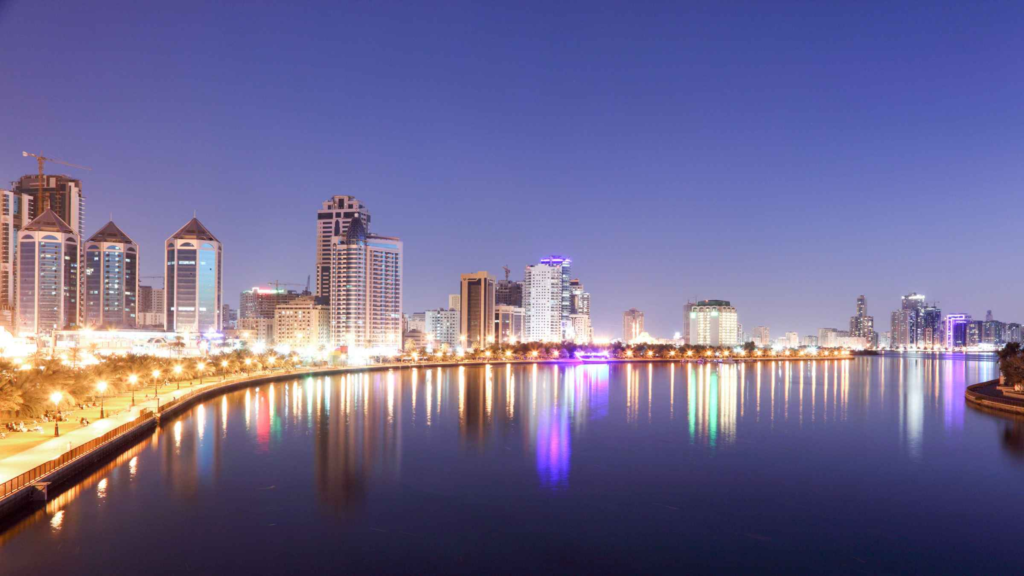
Sharjah, known for its cultural heritage and arts, means “Rising Sun” in Arabic. This name likely refers to its location on the eastern coast of the Arabian Peninsula, where the sun rises. Therefore, Sharjah’s name reflects its historical importance and its role as a center of culture and education in the UAE.
Also read: UAE’s Biggest Kerala Seafood Event Begins
4. Ajman: The Tribal Legacy

The origin of Ajman’s name is less clear, but it is thought to come from a local tribe that lived in the area. Ajman, the smallest of the seven emirates, has a history rooted in its tribal heritage. The name Ajman reminds us of the emirate’s deep connections to its indigenous people and their traditions.
5. Umm Al Quwain: The Mother of Two Powers
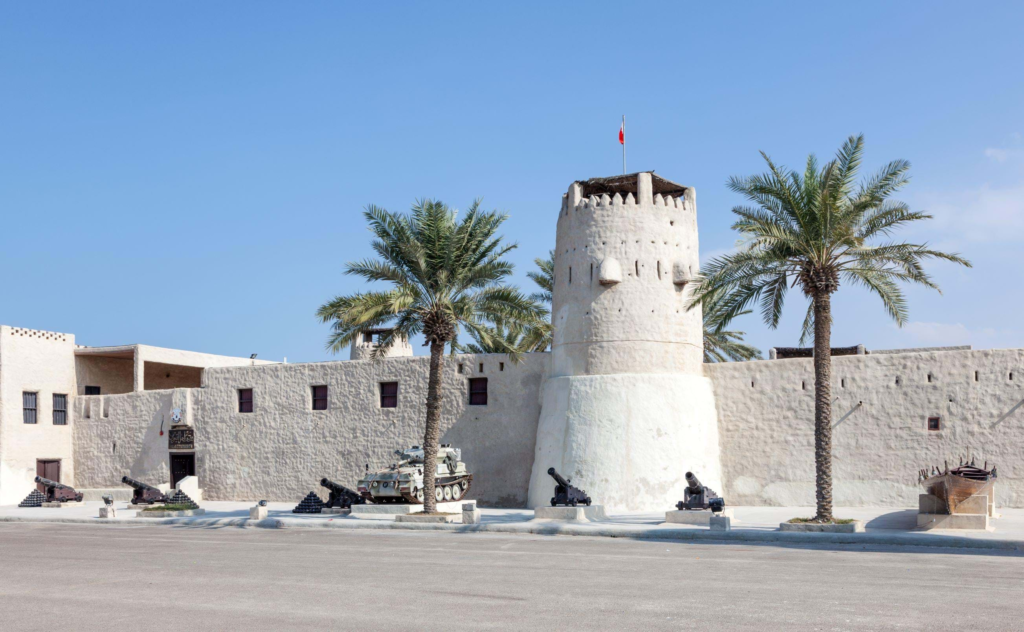
Umm Al Quwain’s name means “Mother of Two Powers” in Arabic. This likely refers to the emirate’s historical strengths in seafaring and agriculture. Moreover, Umm Al Quwain has long been known for its maritime skills and fertile lands, making it an important part of the UAE’s history and economy. The name represents the emirate’s dual heritage and lasting legacy.
6. Fujairah: The Spring of Water
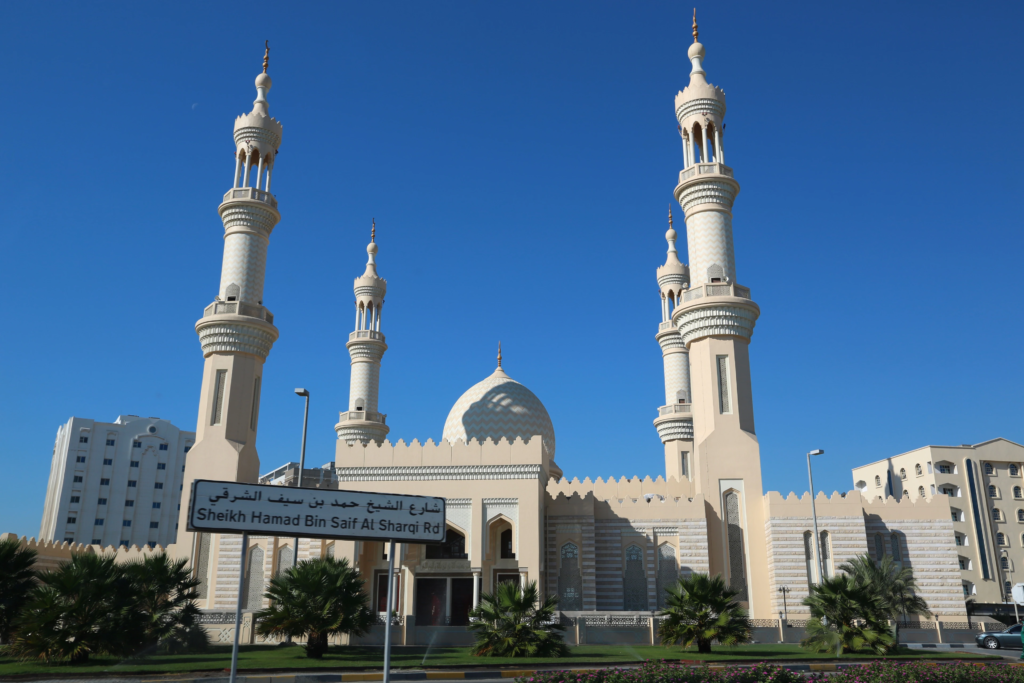
Fujairah, located on the eastern coast of the UAE, is named after a spring of water found beneath one of its mountains. Specifically, the name Fujairah means “Spring of Water,” highlighting the emirate’s natural resources and its importance as a water source in the region. Fujairah’s name reflects its lush landscapes and its role as a vital water source in the arid UAE.
7. Ras Al Khaimah: The Top of the Tent
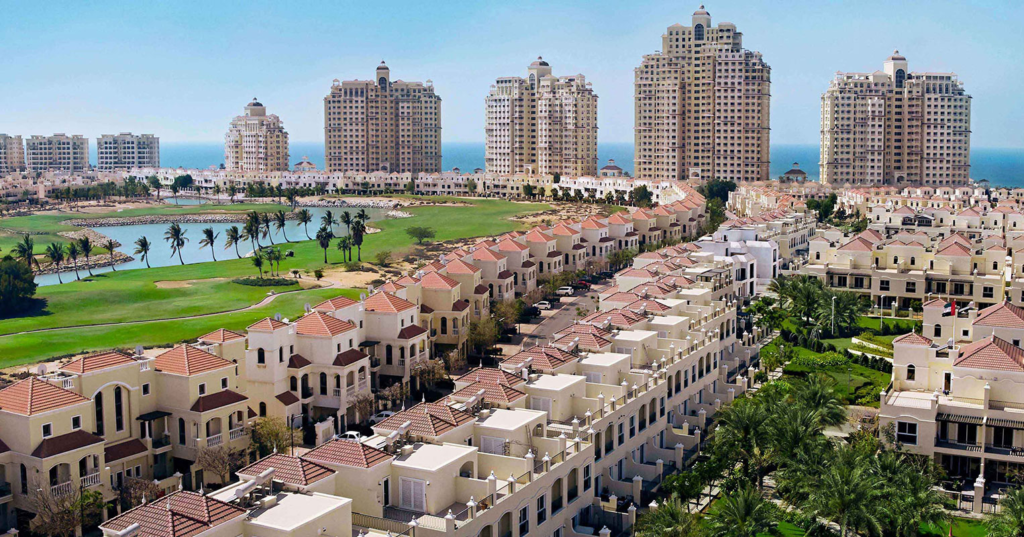
Ras Al Khaimah, the northernmost emirate, means “Top of the Tent” in Arabic. This name likely refers to its geographical position at the northern tip of the UAE. Additionally, Ras Al Khaimah has a rich history of trade and agriculture, and its name symbolizes its strategic importance and its role as a gateway to the Arabian Peninsula.
The names of the seven emirates of the UAE are more than just labels; they are windows into the region’s rich history and cultural heritage. From Abu Dhabi’s connection to gazelles to Dubai’s creeping creek, each name tells a story of the emirate’s past and its significance. Understanding these origins not only enriches our knowledge of the UAE but also fosters a deeper appreciation for its diverse and vibrant culture.
By exploring the etymology of these names, we gain insight into the historical and cultural tapestry that makes the UAE a unique and fascinating destination. Whether you are a resident or a visitor, knowing the stories behind the names of the seven emirates adds a new layer of meaning to your experience of this remarkable country.
Also read: Deliveroo Giving Free Bouquets To Customers With Floral Names












Leave a comment